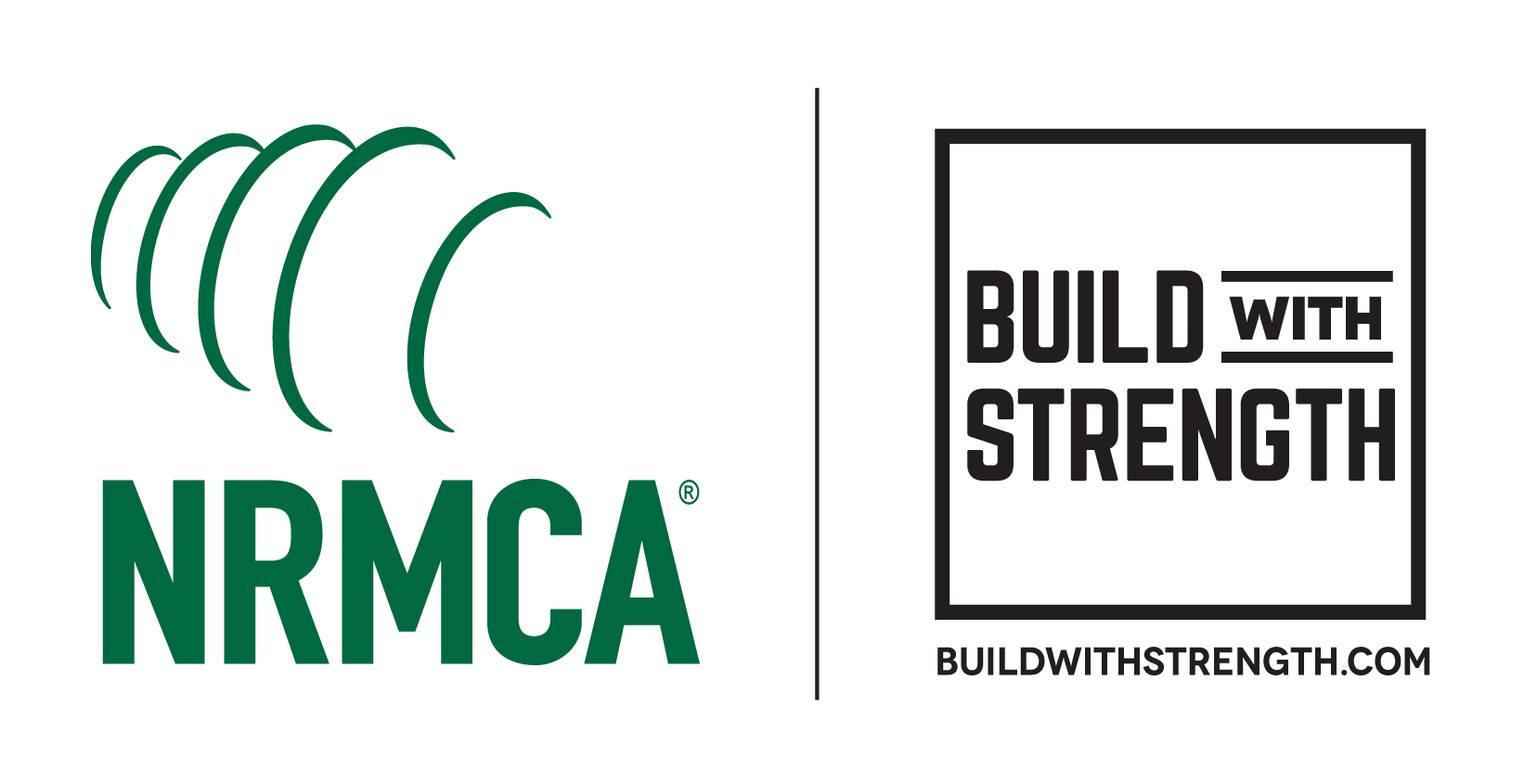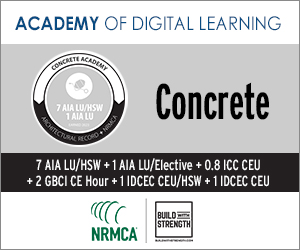The Top 10 Ways to Reduce Concrete’s Carbon Footprint
 1 AIA LU/HSW; 1 GBCI CE Hour; 0.1 ICC CEU; 0.1 IACET CEU*; 1 AIBD P-CE; AAA 1 Structured Learning Hour; This course can be self-reported to the AANB, as per their CE Guidelines; AAPEI 1 Structured Learning Hour; This course can be self-reported to the AIBC, as per their CE Guidelines.; MAA 1 Structured Learning Hour; This course can be self-reported to the NLAA.; This course can be self-reported to the NSAA; NWTAA 1 Structured Learning Hour; OAA 1 Learning Hour; SAA 1 Hour of Core Learning
1 AIA LU/HSW; 1 GBCI CE Hour; 0.1 ICC CEU; 0.1 IACET CEU*; 1 AIBD P-CE; AAA 1 Structured Learning Hour; This course can be self-reported to the AANB, as per their CE Guidelines; AAPEI 1 Structured Learning Hour; This course can be self-reported to the AIBC, as per their CE Guidelines.; MAA 1 Structured Learning Hour; This course can be self-reported to the NLAA.; This course can be self-reported to the NSAA; NWTAA 1 Structured Learning Hour; OAA 1 Learning Hour; SAA 1 Hour of Core Learning
Learning Objectives:
- Explain the basics of the embodied carbon of concrete.
- Evaluate the immediate steps that can be taken to reduce the carbon footprint when specifying concrete.
- Prioritize design strategies to get the greatest reductions in carbon footprint using current technologies and design tools.
- Explore how innovative technologies will result in zero carbon concrete in the future.
This course is part of the Concrete Academy
Design and construction teams can implement 10 simple strategies in order to reduce concrete’s carbon footprint. The strategies are meant to achieve a lower carbon footprint without impacting the other traditional performance criteria for concrete.
Concrete is unique among building materials. Its formulation is highly influenced by its application. Design professionals and contractors have a greater influence on concrete formulation than they do with other building products. Concrete can be made stronger, lighter, more flowable, stiffer, less permeable, and even weaker depending on the performance needs. All of these formulations can be made at the same factory within minutes of one another. No other building material is that versatile.
Concrete does not rot, rust, or burn. It can be exposed to the elements or for architectural reasons. Concrete is economical, available nearly everywhere, and made from the most abundant materials on the planet, usually from local sources. This course provides the top 10 ways to get all the benefits of concrete at a lower carbon footprint.

Communicating innovative solutions to contractors and producers in regard to carbon reduction goals during the design process is critical.
Photo courtesy of jamesteohart







